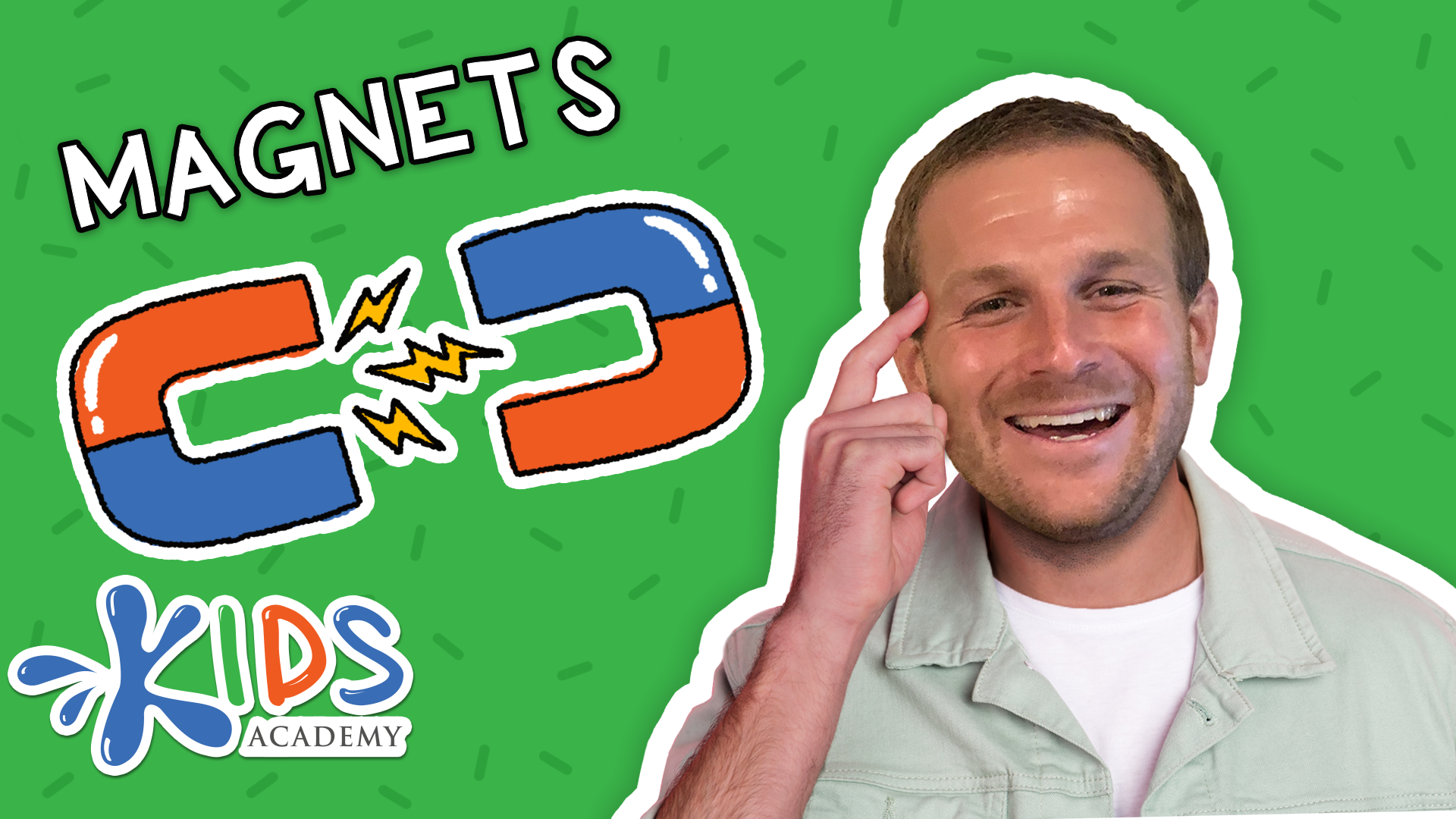Physical Science Worksheets for Ages 4-9
85 filtered results
-
From - To
Explore our engaging Physical Science Worksheets designed specifically for children ages 4 to 9! These activities introduce young learners to fundamental concepts such as matter, energy, and simple physics in a fun and interactive way. With varied formats, including coloring pages, matching games, and hands-on experiments, children can build solid foundational skills while fostering a love for science. Our worksheets align with educational standards, ensuring they’re both productive and enjoyable. Perfect for classroom use or home learning, these resources encourage curiosity and critical thinking. Dive into the exciting world of physical science today and watch your child’s knowledge grow!


Reversible Irreversible Changes Worksheet


Simple Machines Inclined Plane Worksheet


Forms of Energy Worksheet


Physical Science: States of Matter Worksheet


Matter: Assessment 1 Worksheet


Temperature Patterns Worksheet


Force and Interactions: Assessment 1 Worksheet


Safety Sounds Worksheet


Force and Interactions: Review 2 Worksheet


Light Reflections Worksheet


Sink or Float Printable


Natural and Manmade Light Sources Worksheet


Balanced Forces Worksheet


Force and Interactions: Review 1 Worksheet


Going up or Down? Worksheet


Light and Sound: Assessment 1 Worksheet


Engineering a Solution: Comparing Pros and Cons Worksheet


Electric Multiplication Facts Worksheet


Forces Worksheet


Which Is Brighter? Worksheet


Pendulum Experiment Worksheet For 3rd Grade


Position and Motion Worksheet


Sources of Light Worksheet


Over or Under? Worksheet
Physical science is a fundamental part of young children's education, especially for ages 4-9, as it lays the groundwork for their understanding of the natural world and fosters critical thinking skills. At this stage, children's innate curiosity drives their desire to explore and discover, making it an ideal time to introduce them to concepts such as matter, energy, forces, and simple machines.
Engaging with physical science encourages hands-on learning, which is crucial for developmental growth. By conducting experiments, observing natural phenomena, and participating in interactive activities, children develop problem-solving skills, enhance their ability to ask questions, and learn how to communicate their findings. This experiential approach also nurtures creativity and innovation.
Furthermore, early exposure to physical science promotes scientific literacy, which is essential in today’s technology-driven society. As children grow, this foundational knowledge will help them navigate more complex scientific ideas and contribute to informed decision-making in their lives.
Parents and teachers who prioritize physical science foster an environment where logical reasoning, enthusiasm for learning, and the pursuit of knowledge flourish. Ultimately, investing in children’s early science education has long-lasting benefits, preparing them for academic success and active citizenship in the future.
 Assign to My Students
Assign to My Students














